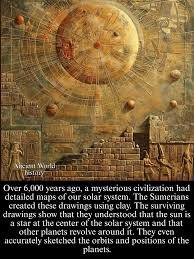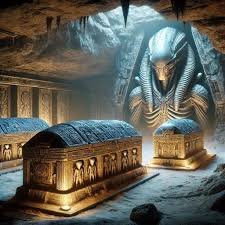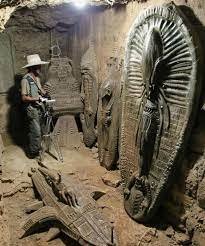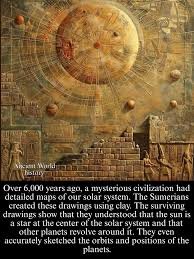Throughout history, the enigmatic accomplishments of ancient civilizations have captivated the imagination of scholars, historians, and the public alike. From the towering pyramids of Egypt to the intricate designs of the Nazca Lines in Peru, these wonders challenge our understanding of human ingenuity. Could these marvels have been inspired or influenced by extraterrestrial beings? The idea might sound like science fiction, but many theorists argue otherwise.

#### The Case for Alien Influence
Proponents of the ancient astronaut theory suggest that advanced extraterrestrial beings visited Earth thousands of years ago, sharing knowledge and technology with early humans. This theory stems from several compelling mysteries:
1. **Advanced Engineering**: Structures like the Great Pyramid of Giza and Stonehenge exhibit architectural precision that seems nearly impossible without modern tools. How could ancient civilizations achieve such feats with primitive technology?

2. **Unexplainable Artifacts**: Artifacts like the Antikythera mechanism and the Baghdad Battery suggest knowledge of complex technologies far beyond their time.
3. **Mythology and Legends**: Many ancient cultures describe gods descending from the skies in flying chariots or fire-breathing dragons. Could these stories be early interpretations of alien encounters?
#### Evidence in Ancient Texts
Ancient texts and scriptures provide intriguing clues. The Mahabharata, an ancient Indian epic, describes flying vehicles called “Vimanas.” Similarly, the Bible’s Book of Ezekiel details visions of a “wheel within a wheel” descending from the heavens, which some interpret as a UFO.

In Mesoamerica, the Mayan civilization’s astronomical knowledge and precise calendar have also raised questions about external influence. Their alignment of temples with celestial events hints at advanced understanding, possibly aided by visitors from beyond.
#### Skepticism and Scientific Explanations
Despite the allure of alien theories, skeptics offer alternative explanations rooted in human ingenuity and perseverance. They argue that ancient civilizations achieved greatness through:
1. **Trial and Error**: Over centuries, humans honed techniques in engineering, astronomy, and agriculture.
2. **Collaboration and Trade**: Global networks allowed for the exchange of knowledge and resources.
3. **Symbolism and Religion**: Many ancient structures were designed for religious or ceremonial purposes, not technological displays.
#### Bridging the Gap: A Balanced Perspective
While there is no concrete evidence of alien involvement, exploring this possibility broadens our understanding of ancient achievements. Whether extraterrestrial or purely human, the accomplishments of ancient civilizations inspire awe and respect.
Modern archaeology continues to uncover new insights, blending technology with traditional methods to decode the secrets of the past. By remaining open to all possibilities, we can appreciate the ingenuity and resilience of our ancestors while keeping an eye on the stars for answers.
The mysteries of ancient civilizations remind us of humanity’s boundless curiosity and creativity. Whether influenced by aliens or not, their legacies continue to shape our understanding of history and the universe. Could extraterrestrial beings hold the key to these enigmas? The answer may lie in future discoveries, urging us to keep exploring the unknown.
